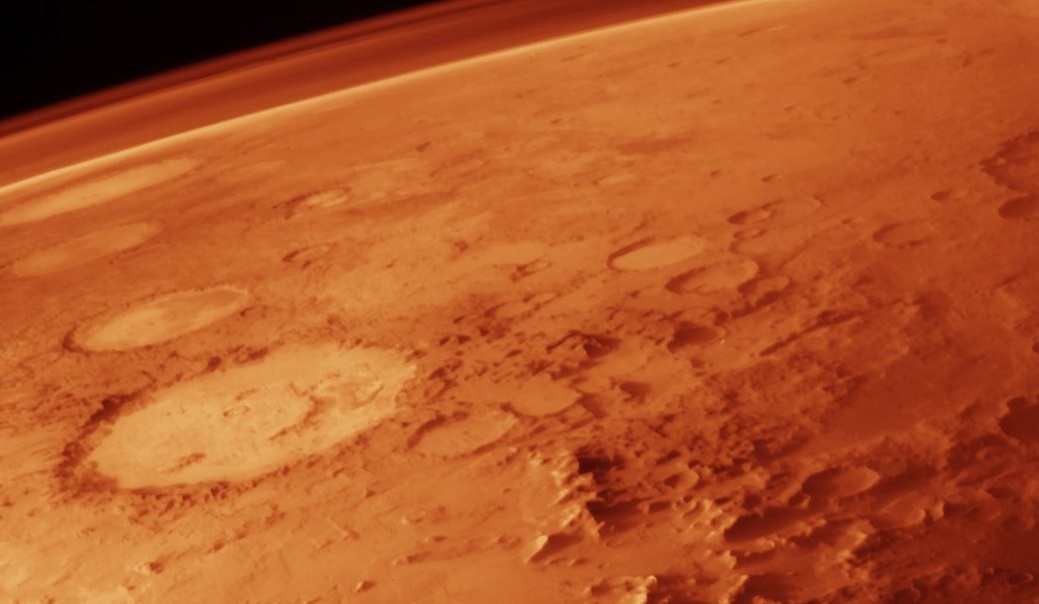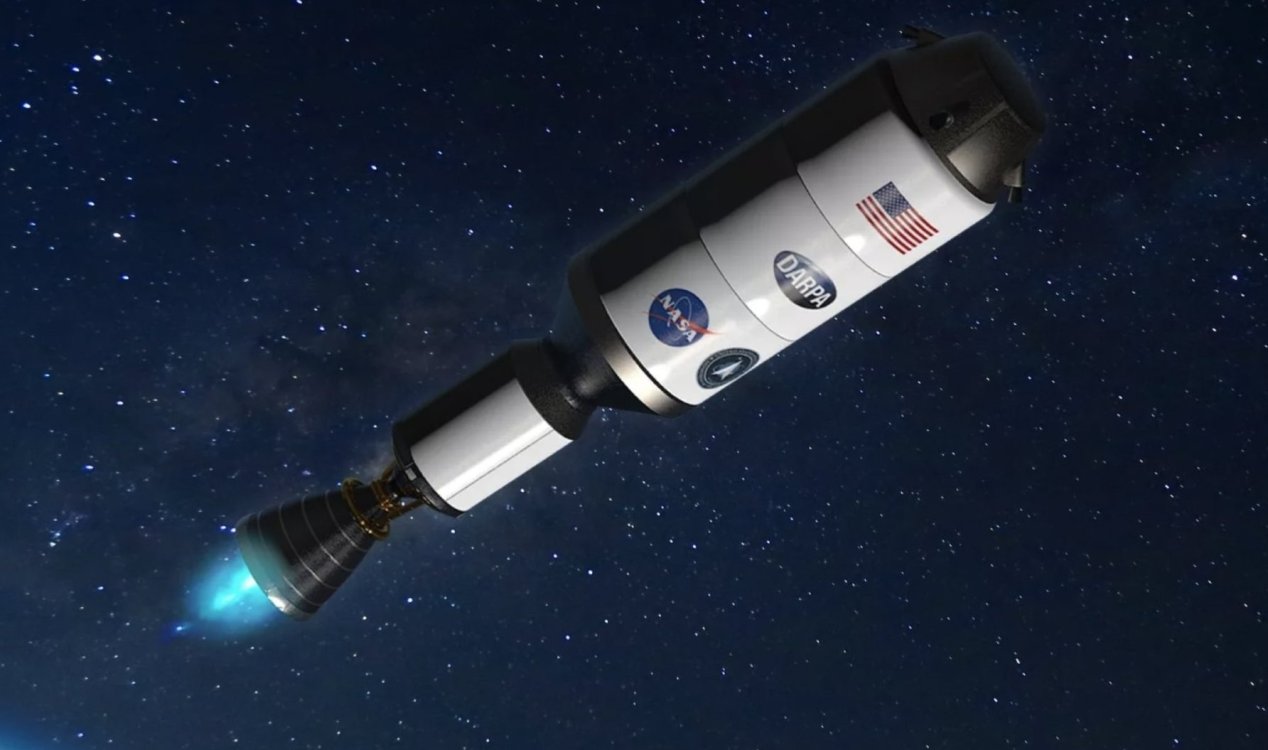NASA craft orbiting Mars have returned information giving the strongest indication so far that water may exist on Mars TODAY.
While its widely believed and accepted across the scientific community that vast oceans existed once upon a time in history on the Martian planet, proving that water still exists on Mars has proven a little harder.
The features are dark, finger like markings shooting down the slopes of the red planet when temperatures rise. Researchers call these dark flowing lines “recurring slope lineae”, and now the acronym RSL is now frequently used at meetings involving scientists on the topic of Mars.
“We still don’t have a smoking gun for existence of water in RSL, although we’re not sure how this process would take place without water,” said Lujendra Ojha, a graduate student at the Georgia Institute of Technology, Atlanta, and lead author of two new reports about these flows.
Ojha originally discovered the RSL while still an undergraduate at the University Of Arizona 3 years ago, studying images taken by the High Resolution Imaging Science Experiment (HiRISE) camera on NASA’s Mars Reconnaissance Orbiter.
With the assistance of James Wray, Georgia Tech Assisant, Ojha recently studied 13 confirmed RSL sites using images taken by the Compact Reconnaissance Imaging Spectrometer for Mars (CRISM) instrument on the same orbiter. The purpose was to look for minerals that RSL potentially could leave in their wake and use this information to try and determine whether the features were water related or not.
While no spectral signatures were found tied to water or salts, what they did find was distinct and consistent spectral signatures of ferric and ferrous minerals at most of the RSL sites.
Ojha said, “Just like the RSL themselves, the strength of the spectral signatures varies according to the seasons. They’re stronger when it’s warmer and less significant when it’s colder.”
One possible explanation is a sorting of grain sizes, with removal of fine dust off the surface, potentially a result from a wet process or a dry one. Two other potential reasons are an increase in more oxidized (ferric) component of the minerals, or possibly an overall darkening due to moisture.
Read the entire article here at NASA.





